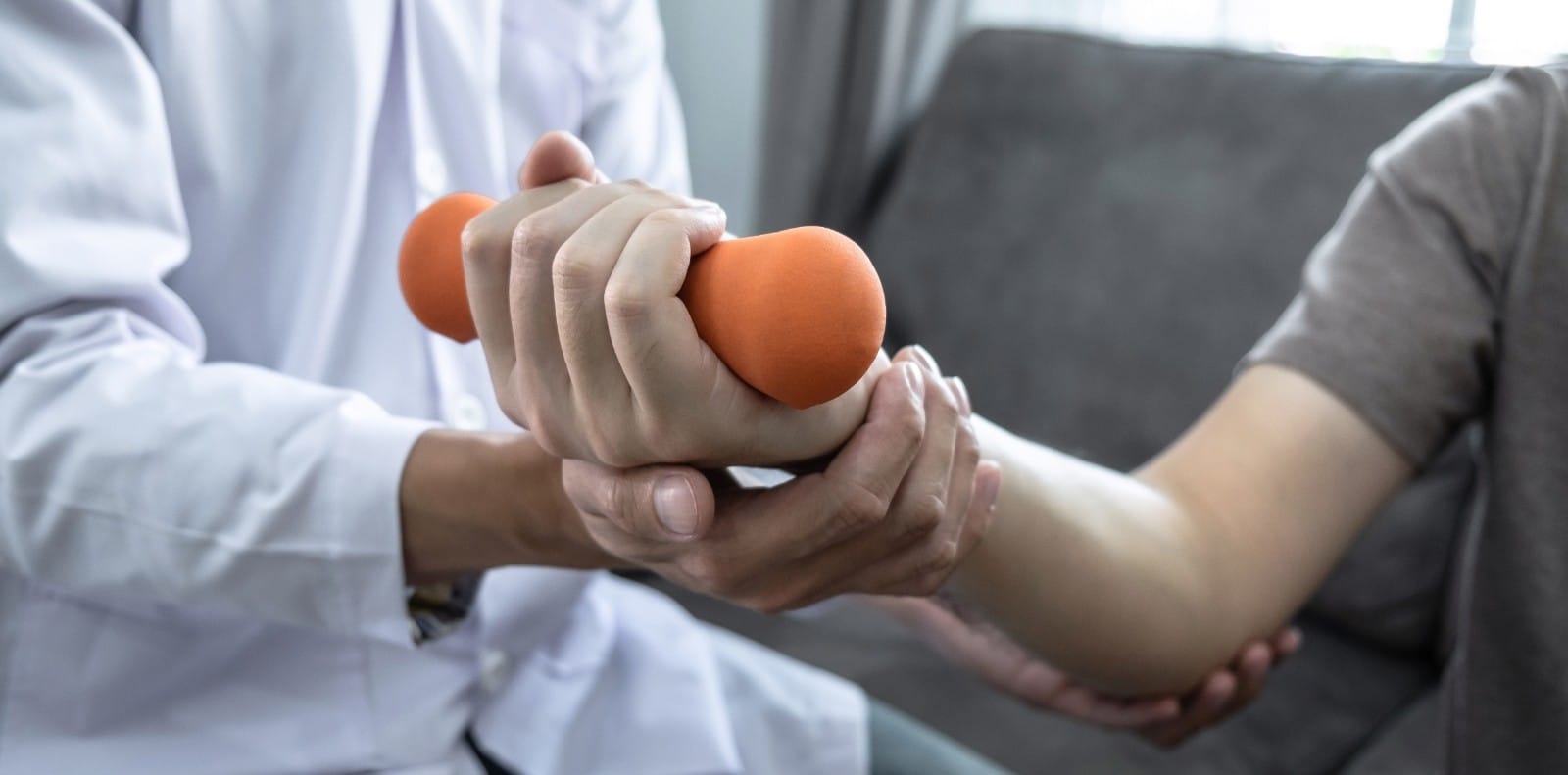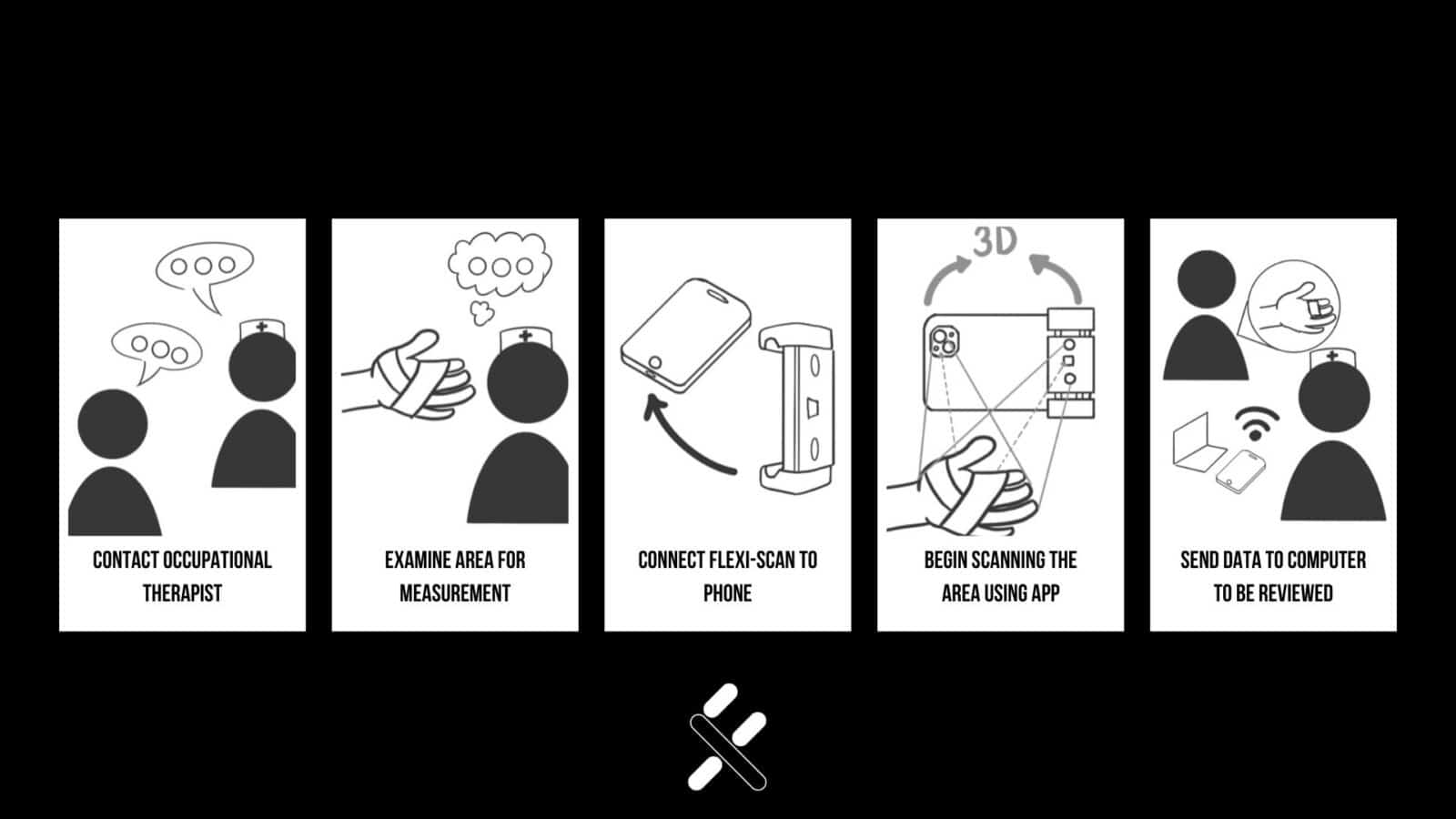Industrial - Bachelors
Flexiscan
The use 3D mapping technologies are commonly used within the occupational therapy industry to make maps and models to track progress and keep measurements. Traditional 3D scanners are bulky, expensive, and impractical to take to and from home visits. FlexiScan is a pocket-sized solution that democratizes 3D scanning. By combining portability, ease of use, and an affordable price point, FlexiScan empowers professionals to create customized assistive technology quickly. Now, personalized adaptations are within reach, transforming lives one scan at a time.


























